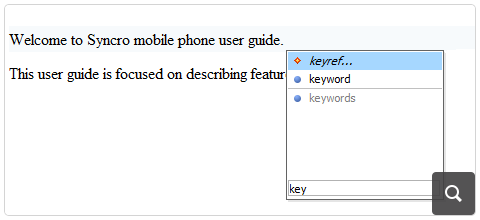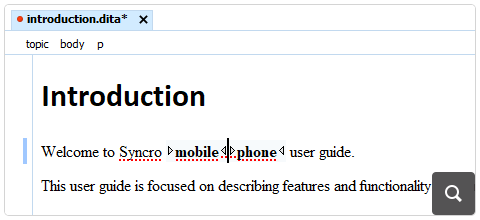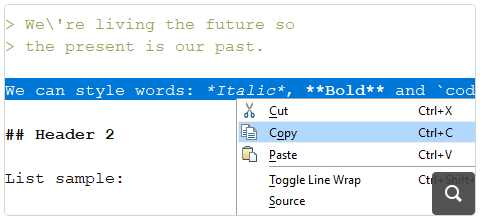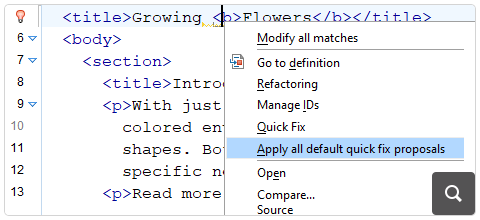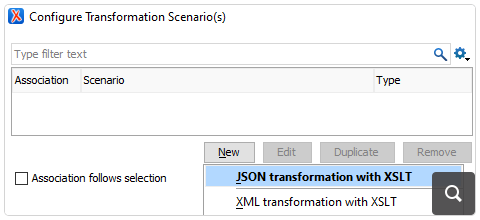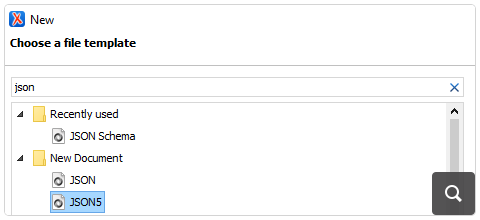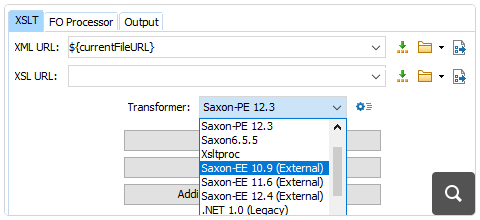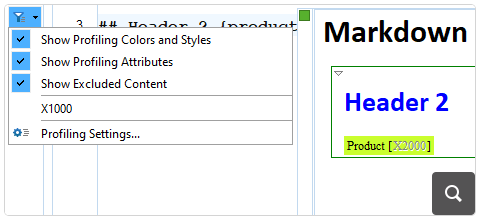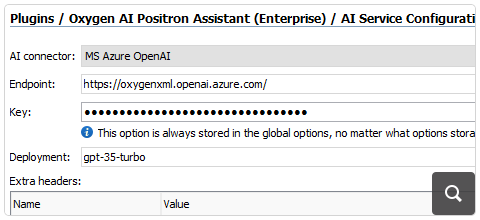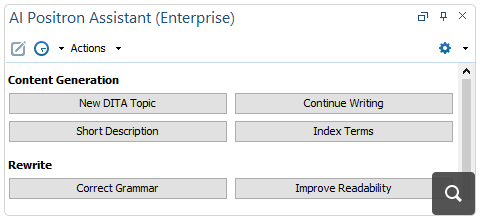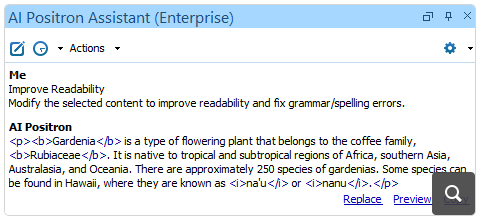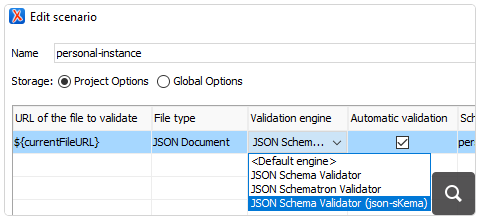2026
28.0Version 28.0 - November 26, 2025
- 27.1
Version 27.1 - March 24, 2025
2025
27.0Version 27.0 - November 27, 2024
- 26.1
Version 26.1 - March 25, 2024
2024
26.0Version 26.0 - October 11, 2023
- 25.1
Version 25.1 - March 16, 2023
2023
25.0Version 25.0 - October 13, 2022
- 24.1
Version 24.1 - March 7, 2022
2022
24.0Version 24.1 - March 7, 2022
Version 24.0 - October 18, 2021- 23.1
Version 23.1 - March 4, 2021
2021
23.0Version 23.1 - March 4, 2021
Version 23.0 - November 19, 2020- 22.1
Version 22.1 - May 19, 2020
- 22.0
Version 22.1 - May 19, 2020
Version 22.0 - February 12, 2020 2020
21.1Version 21.1 - May 23, 2019
- 21.0
Version 21.1 - May 23, 2019
Version 21.0 - February 22, 2019 2019
20.1Version 20.1 - June 15, 2018
- 20.0
Version 20.1 - June 15, 2018
Version 20.0 - March 16, 2018 2018
- 19.0
Version 19.1 - September 29, 2017
Version 19.0 - April 5, 2017 2017
- 18.0
Version 18.1 - October 18, 2016
Version 18.0 - April 21, 2016 2016
- 17.0
Version 17.1 - October 20, 2015
Version 17.0 - May 5, 2015 2015
- 16.0
Version 16.1 - October 7, 2014
Version 16.0 - May 20, 2014 2014
- 15.0
Version 15.2 - January 22, 2014
Version 15.1 - October 7, 2013
Version 15.0 - June 7, 2013 2013
- 14.0
Version 14.2 - February 13, 2013
Version 14.1 - October 19, 2012
Version 14.0 - June 27, 2012 2012
- 13.0
Version 13.2 - January 12, 2012
Version 13.1 - October 26, 2011
Version 13.0 - August 29, 2011 2011
12.0Version 12.2 - May 19, 2011
Version 12.1 - January 12, 2011
Version 12.0 - September 14, 20102010
- 11.0
Version 11.2 - March 16, 2010
Version 11.1 - December 17, 2009
Version 11.0 - October 9, 2009 2009
10.0Version 10.3 - June 29, 2009
Version 10.2 - April 15, 2009
Version 10.1 - February 25, 2009
Version 10.0 - October 23, 20082008
- 9.0
Version 9.3 - July 2, 2008
Version 9.2 - May 9, 2008
Version 9.1 - December 18, 2007
Version 9.0 - November 2, 2007 2007
8.0Version 8.2 - May 7, 2007
Version 8.1 - January 25, 2007
Version 8.0 - November 20, 2006- 7.0
Version 7.2 - June 6, 2006
Version 7.1 - March 2, 2006
Version 7.0 - January 13, 2006 2006
- 6.0
Version 6.2 - September 19, 2005
Version 6.1 - July 19, 2005
Version 6.0 - May 22, 2005 2005
5.0Version 5.1 - January 18, 2005
Version 5.0 - October 15, 2004- 4.0
Version 4.2 - July 15, 2004
Version 4.1 - June 10, 2004
Version 4.0 - April 30, 2004 - 3.0
Version 3.1 - February 6, 2004
Version 3.0 - January 14, 2004 2004
- 2.0
Version 2.0.4 - September 19, 2003
Version 2.0.3 - August 14, 2003
Version 2.0.2 - June 9, 2003
Version 2.0.1 - May 15, 2003
Version 2.0 - April 2, 2003 2003
- 1.0
Version 1.2.4 - December 17, 2002
Version 1.2.3 - November 27, 2002
Version 1.2.2 - October 22, 2002
Version 1.2.1 - September 27, 2002
Version 1.2 - June 27, 2002
Version 1.1.9 - June 15, 2002
Version 1.1.8 - June 5, 2002
Version 1.1.7 - May 27, 2002
Version 1.1.6 - May 24, 2002
Version 1.1.5 - May 20, 2002
Version 1.1 - May 15, 2002
Version 1.0 - April 15, 2002
What's New in Oxygen XML Editor 26.1
Oxygen XML Editor version 26.1 is an incremental release of the industry-leading bundle of tools for content authors, developers, collaborators, and publishers. Starting with this release, the Enterprise edition of Oxygen XML Editor/Author/Developer becomes AI-ready, offering access without the need for an additional subscription to the Oxygen AI Positron Assistant Enterprise add-on which allows direct connection to OpenAI accounts or to the Microsoft Azure OpenAI Service.
Other highlights for this release include various time-saving productivity enhancements for DITA authors, including the ability to convert sections to new topic files and several actions listed as proposals in the content completion window make it easy to insert content references and key references. DITA publishers that use the Zendesk Help Center transformation scenario benefit from it automatically creating a table of contents and it now supports publishing to a subsection. For CSS-based PDF transformations, the new support for prepress processing ensures that your PDFs are print-ready. Additional editing highlights include improvements to the spell checker, the Split action in the Author mode's content completion now automatically adds required first child elements inside the newly created element, and the Smart Paste mechanism converts Markdown content that is pasted within XML documents in Author mode into the appropriate target vocabulary.
The AI Positron Assistant now has a separate Enterprise version available for users who want to connect to OpenAI accounts or Microsoft Azure OpenAI Service. New document templates are also available to help you easily create AI Positron custom actions, a new AI action is also available to translate content into any desired language, and the AI Positron Refactoring action now even works when applied on remote resources.
JSON users now have the power to transform JSON documents using XSLT transformation scenarios, the content completion for JSON now offers proposals even when no schema is associated, the JSON Outline view now displays the number of child elements in each array's label and also supports drag and drop. Furthermore, basic text editing support was added for JSON5 documents, and a new JSON Schema Validator add-on is available that provides support for validating JSON documents against JSON schema version 2020-12.
You also now have the ability to execute Quick fix proposals in bulk, the latest engines are available for the Saxon XSLT and XQuery Transformer add-on, XProc 3.0 schemas were added to offer support for content completion and validation for XProc 3.0 files, unique values are now automatically generated for ID-type attributes that are inserted using the Content Completion Assistant, and schema files and new file templates were added to support editing DocBook 5.2 documents and SVG 1.2 Tiny documents.
This release also implements a variety of performance improvements, security enhancements, API and component updates, and various bug fixes.
There are changes in:
DITA Authoring
Insert Content/Key References from Content Completion Assistant
Preserve Topic Type When Converting Sections to New Topics
Option to Control Conversions of Non-DITA Resources When Inserting Topic References
DITA Publishing
Automatic Fix of Width/Height Values for Images
When performing CSS-based PDF transformations, it is important to ensure that the values for the width or height of an image do not contain uppercase letters for units of measurement (this can cause the image to be missing in the output). If the system detects that an image has width or height values that contain units of measurement written in uppercase letters, it now automatically corrects them to ensure that the image is properly displayed in the output. Additionally, a warning message is displayed to alert you about the issue so that you can also fix the problem in the source file.
Zendesk Transformation Automatically Creates Table of Contents
zendesk.create.toc to false. Additionally, there are
two new optional parameters, zendesk.toc.title.prefix and
zendesk.toc.title.suffix, which allow you to specify a prefix or suffix
to be added to the title of the table of contents article.Publish to Zendesk Subsection
Main section///Subsection
1///Subsection 1.1.Real-Time Publishing Steps Presented for DITA Transformations
Support for Prepress Print Layout With New Cropping Properties
-oxy-scale, -oxy-crop-box, and
-oxy-crop-offset). It is also possible to add the crop and/or
registration marks to the PDF document by using the marks
property.Author Mode
Spell Checker Improvements
Smart Paste Markdown Content
Split Action in Content Completion Automatically Inserts Required Child Element
Text Mode
Batch Execute Quick Fix Proposals
Toggle Comments Action Supports Multiple Languages
Automatically Generate Unique Values for ID-Type Attributes
JSON
Transform JSON Documents with XSLT
Transform Multiple JSON Documents at Once
Edit JSON5 Documents
Content Completion Offers Proposals Even When no Schema is Associated
Better Array Rendering in JSON Outline View
Enhanced Drag and Drop Functionality in JSON Outline View
XSLT / XQuery / XPath / XProc
Updated Engines Available for the Saxon XSLT and XQuery Transformer Add-on
Default XSLT Stylesheet version set to 3.0
XProc Version 3.0 Schemas
File Comparison
Merge Documents with Change Tracking Highlights Tool Improved
API for Merge Documents or Directories with Change Tracking Highlights
AuthorDiffChangeTrackingMergerFactory.AuthorDiffChangeTrackingMergerFactory()
API can be used for merging a pair of compared XML documents or directories and the
resulting merged document will contain highlighted tracked changes. The class provides 2
methods: createChangeTrackingMergePerformer() for merging documents, and
createDirectoryChangeTrackingMergePerformer() for merging
directories.Markdown
Syntax Highlights for Languages Embedded in Markdown
DITA Preview Presents Colors and Filters for Profiling Attributes
## Header 2 {audience=expert}), the DITA preview pane now presents
the profiling attributes, colors, and filtered elements similar to how they are presented
in Author mode, provided that the profiling is set to be shown in the
Profiling/Conditional Text drop-down menu in the DITA Maps Manager.Oxygen AI Positron Assistant
Oxygen AI Positron Assistant Enterprise
Oxygen AI Positron Assistant Enterprise operates with a subscription license. Additionally, it can now be used without a separate subscription on the newly introduced Enterprise (AI-ready) edition for Oxygen XML Editor/Author/Developer.
Easily Create Custom AI Actions
Translate Content to Any Language
AI Refactoring Available for Remote Resources
Easier Access to Actions
XML Syntax Coloring In Chat Response Area
Add-ons
JSON Schema Validator
Batch Documents Converter Improvements
Scripting
scripts sub-folder that contains scripts for automating and running
various utilities from a command line interface. To run any of these scripts, you need to
purchase a scripting license.Performance Improved for Validation and Check for Completeness Script
Miscellaneous
Experimental Dark Color Theme in Eclipse
-Dcom.oxygenxml.eclipse.dark.color.theme=true) can be set in the
eclipse.ini configuration file to enforce a dark color theme when
opening XML documents in Oxygen's Eclipse plugin. The regular color theme in Eclipse must
also be set to Dark (in the
Preferences->General->Appearance page) to consistently
apply the Dark theme in the entire workbench.Create and Validate SVG 1.2 Tiny Documents
DocBook 5.2
Component Updates
Eclipse 4.31
XSpec Helper View Add-on Now Bundles XSpec 2.3.2
The XSpec Helper View add-on was updated to include XSpec version 2.3.2.
TEI XML Schemas 4.7.0 and XSLT 7.56.0
OpenJDK 17.0.10
JSON-Java Package 20240205
Apache Lucene 9.7.0
Apache POI 5.2.5
Apache Commons IO 2.15.0
Zendesk Access 0.24.1
Logback Classic 1.4.14
Logback Core 1.4.14
Deprecated/Removed Components
EAD, KML, StratML Frameworks Moved to Oxygen XML GitHub Organization
Deprecated Support for Tree Editor
Deprecated Support for WSDL
Deprecated Support for FTP/SFTP
Deprecated Support for Databases
Deprecated Support for Xalan and XSLTProc
Support Removed for XSV and SQC Custom Validation Engines
API
Create an Editor Component for a Certain Content Type
StandalonePluginWorkspace.createEditorComponentProvider API
now allows you to create an editing component that can be used in custom side views by
passing an extra content type parameter. This means you can create editing components to
edit HTML5 or JSON content.Create a Text Area with Syntax Highlights
OxygenUIComponentsFactory.createTextArea(String contentType, boolean
highlightCurrentLine) API method allows you to create a text area with
syntax highlights for a certain content type and it also controls whether or not the
current line should be highlighted. One example of a use case is that it enabled undo/redo
events to be selected when editing a chat message in the AI Positron Assistant.Access Batch Operations Listener for 3rd-Party Plugins
PluginWorkspace.getBatchOperationsListenersAccess() API
method can be used by third-party plugins to notify other plugins when a batch operation
that modifies multiple resources is in progress.Reload Content of a Document
WSEditor.reload() API method now allows for the content of an
opened document to be reloaded from the original URL location (whether it is a local or
remote location). Reload Content of a Document if Change is Detected on Local Disk
WSEditor.reloadIfChangeOnDiskDetected() API method can be
used to reload the content of an opened document from the local disk if the content on
disk has changed in the meantime. Merge Documents or Directories with Change Tracking Highlights
AuthorDiffChangeTrackingMergerFactory.AuthorDiffChangeTrackingMergerFactory()
API can be used for merging a pair of compared XML documents or directories and the
resulting merged document will contain highlighted tracked changes. The class provides 2
methods: createChangeTrackingMergePerformer() for merging documents, and
createDirectoryChangeTrackingMergePerformer() for merging
directories.
